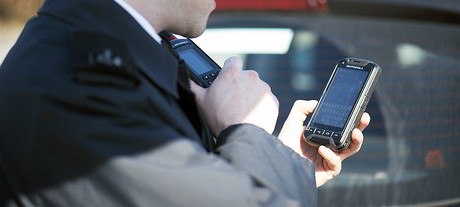Channel nomenclature standards released

A new document issued jointly by the US Association of Public-Safety Communications Officials (APCO) and the US National Public Safety Telecommunications Council (NPSTC) sets out standard channel nomenclature for public safety interoperability channels.
The set of standards, originally published in 2010, has been updated for 2017 by the NPSTC Interoperability Committee Channel Naming Working Group and approved by both APCO and the American National Standards Institute (ANSI).
In a report published in 2003, Kathleen Wallman, chair of the Public Safety National Coordination Committee (NCC), a Federal Advisory Committee chartered by the Federal Communications Commission (FCC), wrote that “The NCC views such standard nomenclature as essential to the interoperability process, such that all responders to an incident will know the appropriate channel to which to tune their radios and will know — from the channel designator — the band and primary use of the channel specified.
“Absent such standard nomenclature, a Babel-like confusion could result if, for example, a given jurisdiction were to designate 458.2125 MHz as a calling channel and associate it with ‘Channel 5’ on its radios; and another jurisdiction were to designate the same frequency as a tactical channel and assign it to ‘Channel 9’ on its radios.
“With adoption of a standard channel nomenclature in the Rules, such confusion — and the attendant potential for delayed response to an incident — would be avoided…”
The new standards document aims to eliminate confusion amongst users of public safety radio channels across the US.
The 35-page document (PDF) is available here.
Comms Connect NZ heads to Wellington in 2026
The 2026 edition of Comms Connect New Zealand will take place in the new Takina Convention and...
Leonardo commits to mission-critical comms with ARCIA membership
Leonardo brings decades of global expertise in secure communications, cyber-resilience, emergency...
Webinar: Turning data protection into a business advantage
Backup is no longer a safety net, but a strategic tool for risk reduction — and the...




